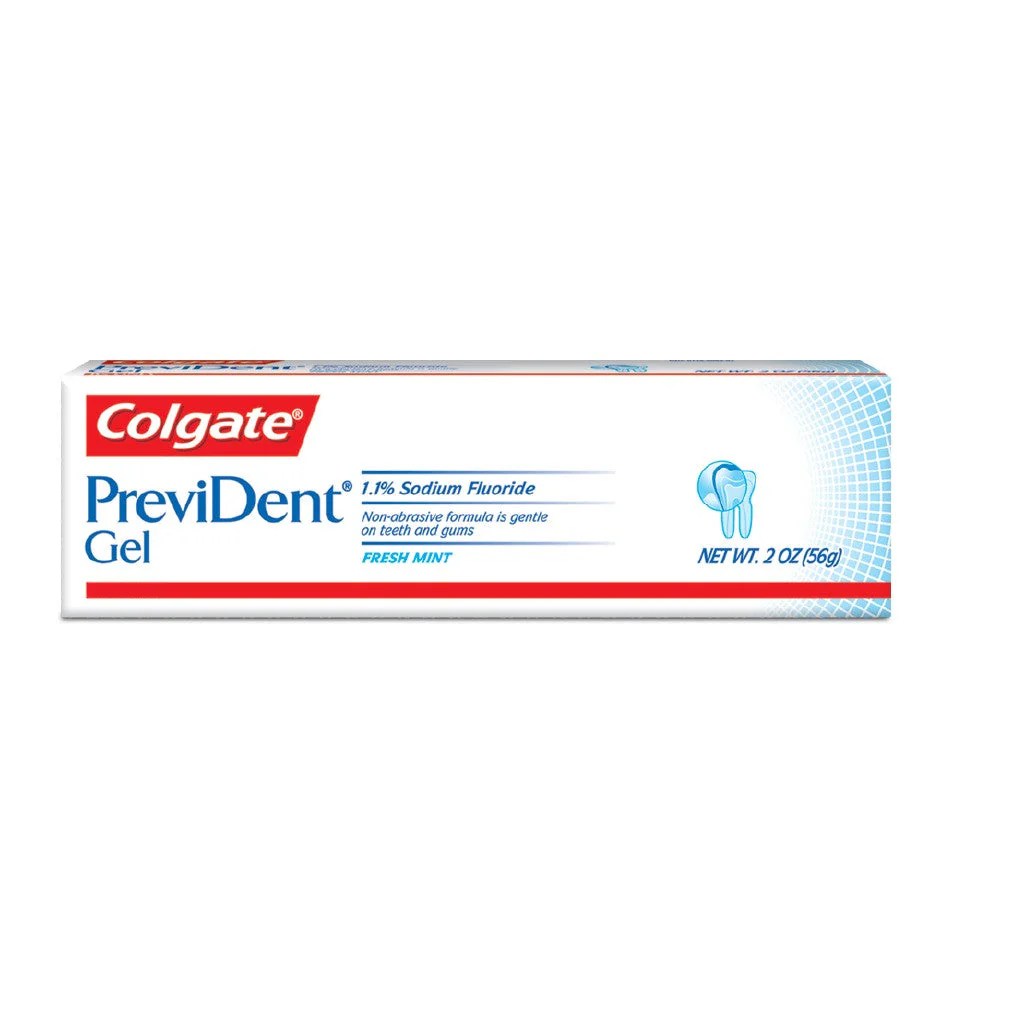Daunting Challenges Facing Men Who Want to Donate Sperm

Daunting Challenges Facing Men Who Want to Donate Sperm
Sperm donation remains a largely untapped resource for couples and individuals wanting to have children. While the numbers of sperm donors has grown in the past decade, only 4% of those who signed up in the United States and Denmark have completed the process and had their sperm frozen. Many men are daunted by the long, drawn-out process and the numerous requirements in order to be approved as a potential donor.
The process of sperm donation begins with an online application. The applicant will answer a range of questions, including questions about his family’s medical history and genetic makeup. He may also be asked to provide a sample of his sperm in order to test for potential diseases before the donation can be accepted. Following the application and sample, the potential donor will be required to complete a series of psychological tests in order to determine if he is psychologically ready to handle the responsibility of being a sperm donor.
The psychological tests used to determine the donor’s readiness for the process vary from country to country. In some countries, the donor will be asked to undergo a series of interviews, while in others, he may be required to take a written test. This psychological testing is important, as it ensures that the donor is emotionally and mentally prepared to handle the responsibility of parenting a child he will never meet. Many potential donors find this testing intimidating and are therefore less likely to complete the process.
Once the psychological testing is completed, the potential donor is required to undergo a physical examination. This is to ensure that he is healthy enough to donate sperm and that he does not have any illnesses that could be passed on to the recipient. During the physical examination, the physician will perform tests to make sure the donor is free from HIV, hepatitis, and other sexually transmitted diseases. Donors will also be tested for genetic diseases in order to ensure that their sperm is safe for use.
The last step in the process is the actual donation of sperm. This is done at a sperm bank or fertility clinic. The donor will provide a sample of his sperm, which will then be frozen and stored until it is ready to be used. It is important to note that the donor will remain anonymous and will not be able to contact the recipient or any children that are conceived through his donation.
Donating sperm can be a daunting and complex process, but it is possible. In order to increase the number of donors, it is important to create an environment that is supportive and understanding to potential donors. Additionally, it is also important to educate donors about the process in order to reduce their anxiety and make them more likely to complete the process.
Though the process of sperm donation may seem intimidating and overwhelming, it is an important contribution to society. Donating sperm can help countless couples and individuals become parents and create a family. It is a generous and selfless act that deserves to be respected and appreciated.
 |
 |
| 3M Clinpro 5000 | PreviDent Brush-on Gel |
| Get a stronger smile with Clinpro 5000 fluoride toothpaste. Reduces cold sensitivity and remineralizes lesions. Contains natural ingredients for a brighter, healthier smile. | Experience extra-strength fluoride protection with Colgate PreviDent Brush-on Gel! Ideal for at-home use by adults. Easy to apply, once daily use. |
The process of sperm donation is a difficult one, but it is a noble act that can help many couples and individuals become parents. For those considering donating sperm, it is important to understand the process and the requirements that must be met in order to ensure that the donation is successful. By educating potential donors and creating an environment that is supportive and understanding, more men may be encouraged to donate and expand the pool of available sperm donors.
